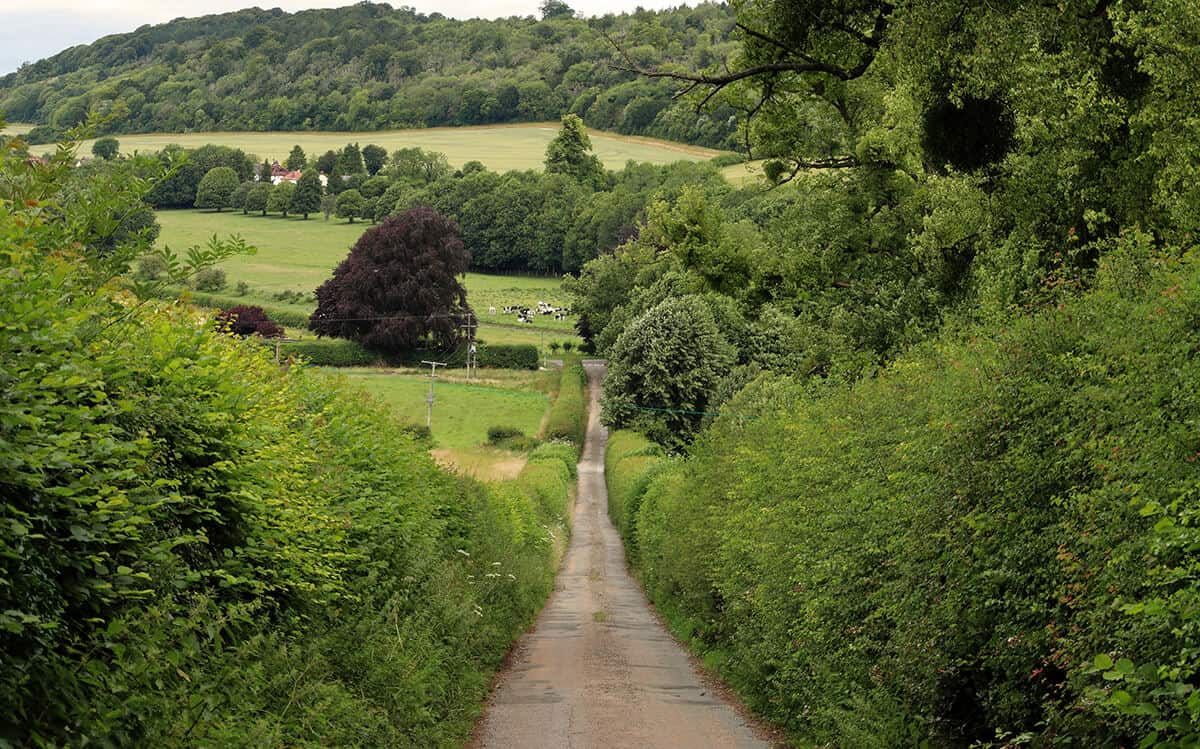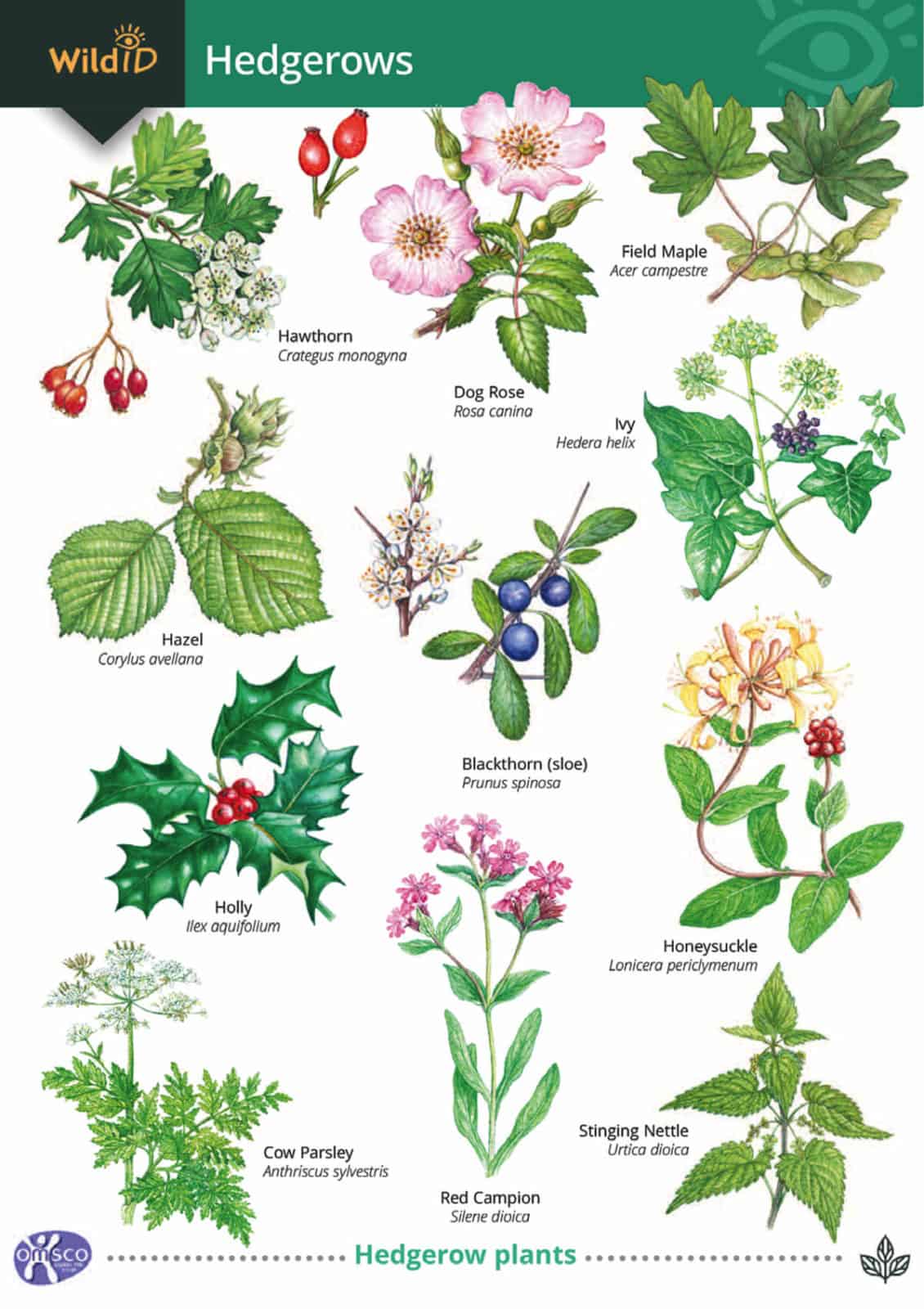Hedgerows guide
The FSC Hedgerows guide features beautiful colour paintings of the wildlife of the British hedgerow, from woody plants and wild flowers to birds, mammals and invertebrates.
Accompanying text discusses the importance of hedgerows to the landscape and to plants and animals, as well as how to manage hedges for wildlife.
Hedgerows have many practical uses. These include creating shelter for stock against bad weather, preventing soil erosion and providing cover. They are also home to a huge variety of plants and animals. They are the main habitat for 47 species of conservation concern in the UK, including 13 rapidly declining species. Indeed, hedgerows are the most significant wildlife habitat over large stretches of lowland UK. Over 1500 insects, 600 plant, 65 birds and 20 mammals live or feed in hedgerows. So they are an essential refuge for many woodland and farmland plants and animals.
From butterflies to bumblebees, from centipedes to ladybirds, hedges are home to a huge number of insects. These invertebrates are vital to the hedgerow ecosystem. Without them, plants and other animals would not survive. For instance bees and butterflies pollinate shrubs and wildflowers, while woodlice feed on dead leaves, helping return nutrients to the soil. Insects are also a major source of food for birds and mammals.
Many species of birds depend on hedgerows for their survival. At least 30 species nest there. Grassy hedge bottoms and field margins provide nesting material, as well as insect larvae for chicks to feed on. The food and cover of a hedgerow attract many mammals. Hedgerows can also act as ‘wildlife corridors’ for reptiles, amphibians and small mammals, such as the common dormouse.
The Hedgerows guide was produced in partnership with OMSCo (The Organic Milk Suppliers Co-operative).





